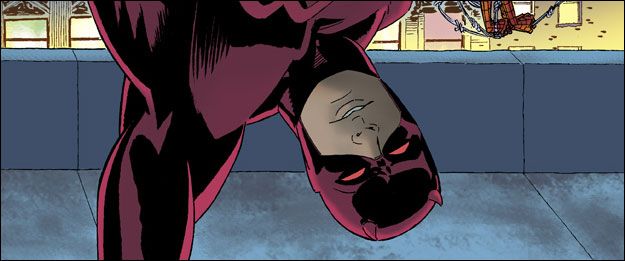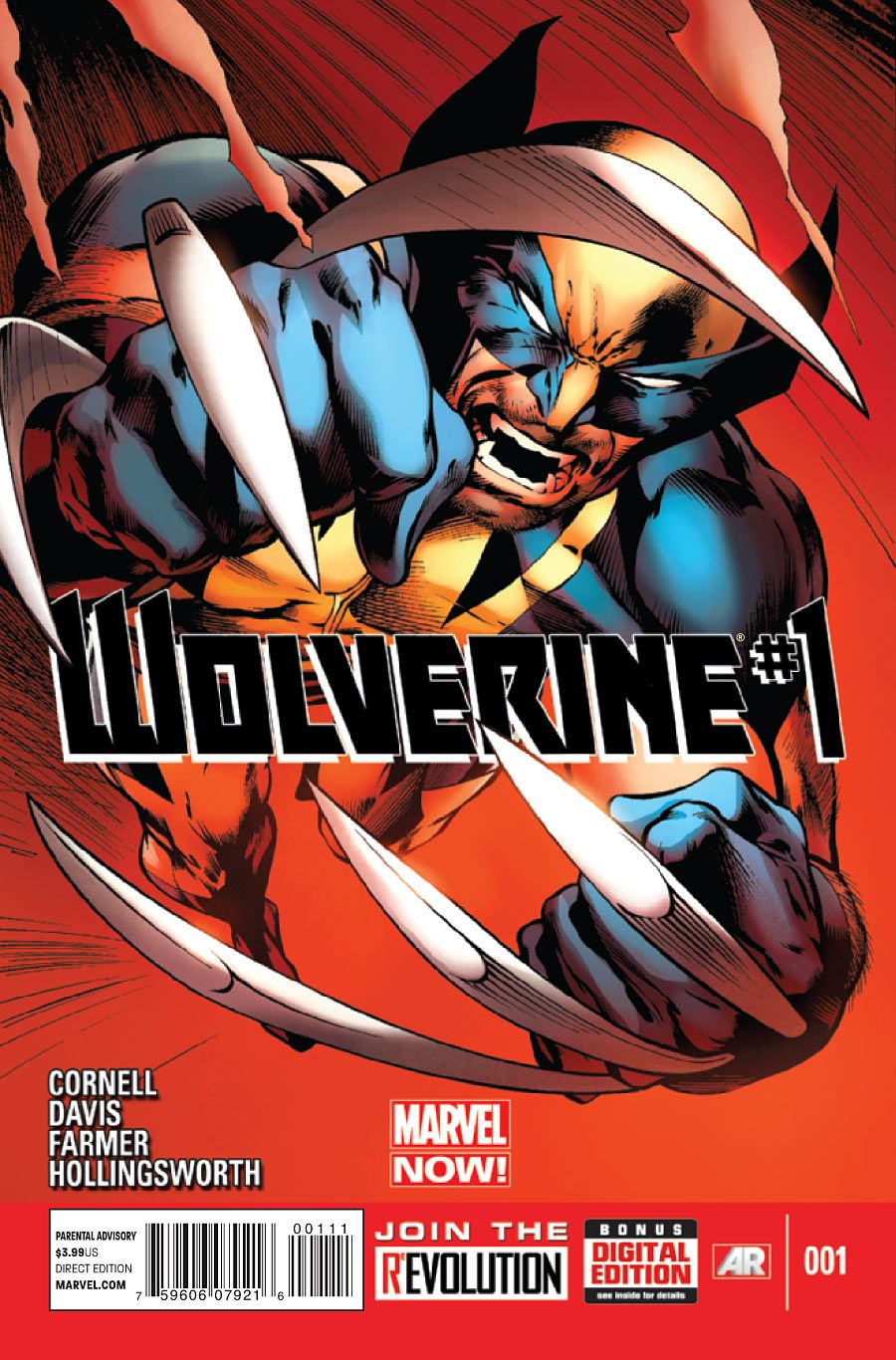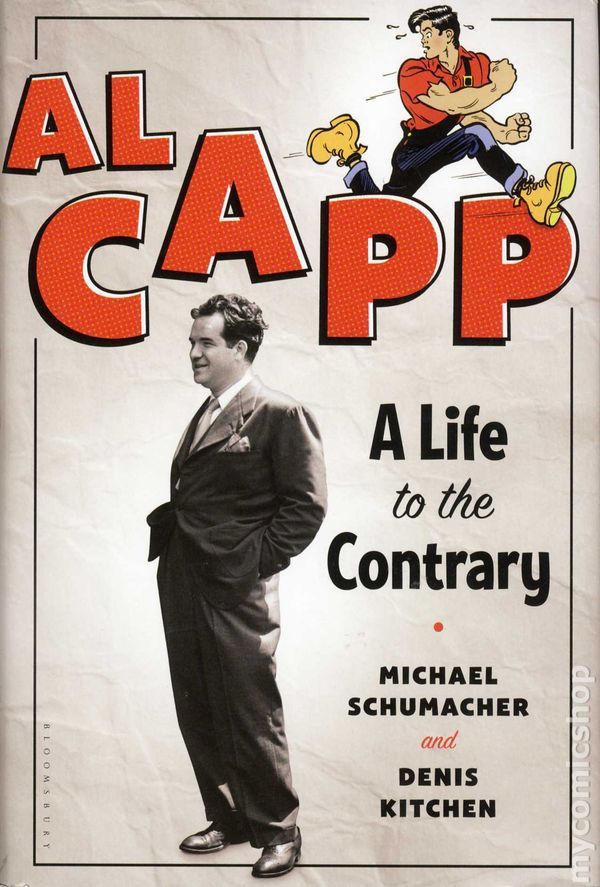Hello and welcome to What Are You Reading? It's an abbreviated edition this week -- maybe everyone's doing their taxes, like I am today -- so let's just get to it ...
*****
Tim O'Shea
Wolverine #1: Paul Cornell is back in the Marvel universe, and it is better for his presence. Right out of the gates, you realize that he and artist Alan Davis are not going to shy away from violence. In the first page of the story you see Logan’s healing factor at work—and it is stupendous how Davis effectively shows the flesh growing back on his skeleton. Odd as that sounds to be a compliment, but it seems quite often that the healing factor is an assumed factor to most Wolverine stories, a factor that occurs off panel. And it’s a hell of an opening scene where Wolverine is lying on top of the remains of several dead and advices a child to crawl “under these skeletons and lie still—like you’re dead” (to protect the child from the still active threat). Cornell wastes no time introducing new supporting cast (and the hint of more). Great first issue (in the annals of many first Wolverine issues, admittedly).
Batman & Robin #17 & 18: Writer Peter Tomasi and artist Patrick Gleason are a perfect storytelling combination. And they broke my heart with these two issues. Narrative-wise the two issues are actually standalone stories that together pull the rug out from under the reader. Spoiler alert, if you have not heard—Robin is dead…again. Issue 17 was all about the three residents of Wayne Mansion (Bruce, Alfred and Damian) dreams. In those dreams, Gleason and Tomasi reveal the bonds the three have formed—and the concerns they have for each others’ well being. And of course, the bond between father and son is emphasized in these dreams (as well as the rare waking moments of the issue). One scene in issue 17, where Bruce wakes to realize he wants to check on a sleeping Damian Is a tender series of panels with no words. And yet, thanks to how strong an artist Gleason is, no words were needed. Issue 18, Undone, is an extended example of Gleason’s wordless strength. There is not one spoken word in the entire issue—and no words need be spoken for Bruce/Batman’s unique mourning process. Tomasi is able to work in some words, via a note that Damian left behind for his father. All eyes have been on Grant Morrison’s and Scott Snyder’s interpretations of Batman, but for me the best writer of Batman at present is Tomasi. As someone who has always considered Tomasi a beneficiary of Archie Goodwin’s mentoring, this does not surprise me.
Brigid Alverson
I'm about halfway through Denis Kitchen and Michael Shumacher's Al Capp: A Life to the Contrary, and while it's overall a good read, I wish it went deeper. The authors' account of Capp's youthful exploits, which included running away from home several times, were entertaining, but as they move on to his adult life, there is a puzzling lack of detail. Many incidents are mentioned but not actually explained; for instance, the authors bring up Capp's lawsuit against the syndicator of Li'l Abner, United Feature Syndicate, but then never follow through with more information, other than a brief mention that the suit was settled. It's a good introduction to Capp's life and work, but it's leaving me wanting more.
The best word I can come up with to describe Leela Corman's Unterzakhn is "harsh." The story is harsh, the characters are harsh, even the art is harsh in its spiky black-and-white-ness. On the very first page, a mother smacks her daughter on the head for picking the wrong color fabric at the market. That sets the tone for the whole book, in which every kind act leaves a sour taste at the end. All this is mixed in with the familiar tropes of the American immigrant tradition—the flight from the old country, hard-working mother, kind father, even a happy scene where the family enjoys a platter of pierogis—but Corman lays bare the ugly side of that life as well. For all its harshness, though, it's a fascinating read, filled with interesting characters and a few good twists, and Corman does a masterful job of bringing the period settings to life.
I'm re-reading the first six issues of Mark Waid's Daredevil for a roundtable at Good Comics for Kids, and I'm remembering all over again why I like this comic. As much as I love Mark Waid's writing, the clear-lined art and the coloring really make it sing. I don't read a lot of superhero comics, so I often find them hard to follow, but Daredevil grabbed me on the first page and pulled me in.



